For today’s youth, Apple is a symbol of innovation and technology excellence. Each new device with the bitten apple logo, and what a device there – each new model is a milestone that other manufacturers are guided by. Long before the appearance of the next gadget, the queue of those wishing to purchase it is lining up for months ahead.
Owning Apple technology is considered more than just prestigious, although this aspect should not be disregarded – for the current generation it is not just a successful brand, but a lifestyle that is exclusive and full of innovations.

But it was not always so. The history of the company is a typical example of ups and downs, successes and failures. Don’t believe me? Then read …
Contents
Garage assembly: how it all began
From the age of 12, Stephen Jobs became interested in electronics and achieved considerable success in this matter. Once the idea came to his mind to assemble a sensor for a physics classroom to measure the frequency of an electric current, but the implementation of this plan stalled due to a banal shortage of electronic components. Then Steve found the number of the CEO of Hewlett Packard in the telephone directory and, without thinking twice, presented his request to him. Oddly enough, William Hewlett not only listened to the boy for 20 minutes, but was imbued with his enthusiasm. Soon the components were received, the sensor was assembled, and Steve Jobs himself received an invitation to do an internship at HP.

His school friend Stephen Wozniak, who was no less obsessed with radio electronics than Jobs, also had an internship at a well-known company, and after school he began his career at Hewlett Packard, while his friend got a job at Atari in the video game design department.
Soon Jobs, fascinated by the ideas of hippies, left for India, and his friend was fired up with the idea of creating a personal computer. But HP did not support his initiative, considering the project unpromising. In Atari, where the young man turned after the failure in his own company, the idea was also rejected.
And when Jobs returned from India, he suggested to Wozniak and Ronald Wayne, with whom he worked at Atari, to assemble the computer on their own.

Of the triumvirate who founded Apple, everyone had their own specialties: Wozniak was in charge of the technical side of the issue, Jobs took on the commercial burden, and Wayne took up marketing. At first, computers were assembled in a garage, and after the first ten computing devices sold, it was decided to create their own company.
The official history of Apple begins on April 1, 1976, when Apple Computer Inc. has been successfully registered. History is silent about who came up with the name; there are several versions on this score. Some believe that the company got its fruity name because of Jobs’s impressions of visiting India, while others believe that Steve was on an apple diet at the time. But the prevailing opinion is that the name Apple is higher in the phone book than Atari, which friends considered an important competitive advantage.

The first company logo was designed by Wayne – it was a monochrome drawing with an apple tree and Newton sitting under it. The history of the drawing has preserved, but it had to be replaced – it was not suitable as a logo, something simpler and at the same time expressive was required here.
The logo in the form of a bitten apple appeared in 1977, and the name and surname of the one who created the recognizable drawing was lost in the annals of history. It is worth noting that the first version of the logo from Rob Yanoff was six-color, and the bite, according to the art director of Regis MacKenna, clearly indicated a connection between the verb “bite” and the byte information unit, since both words sound the same.
The logo’s color scheme has changed several times since then, returning to its current monochrome form in 2014.
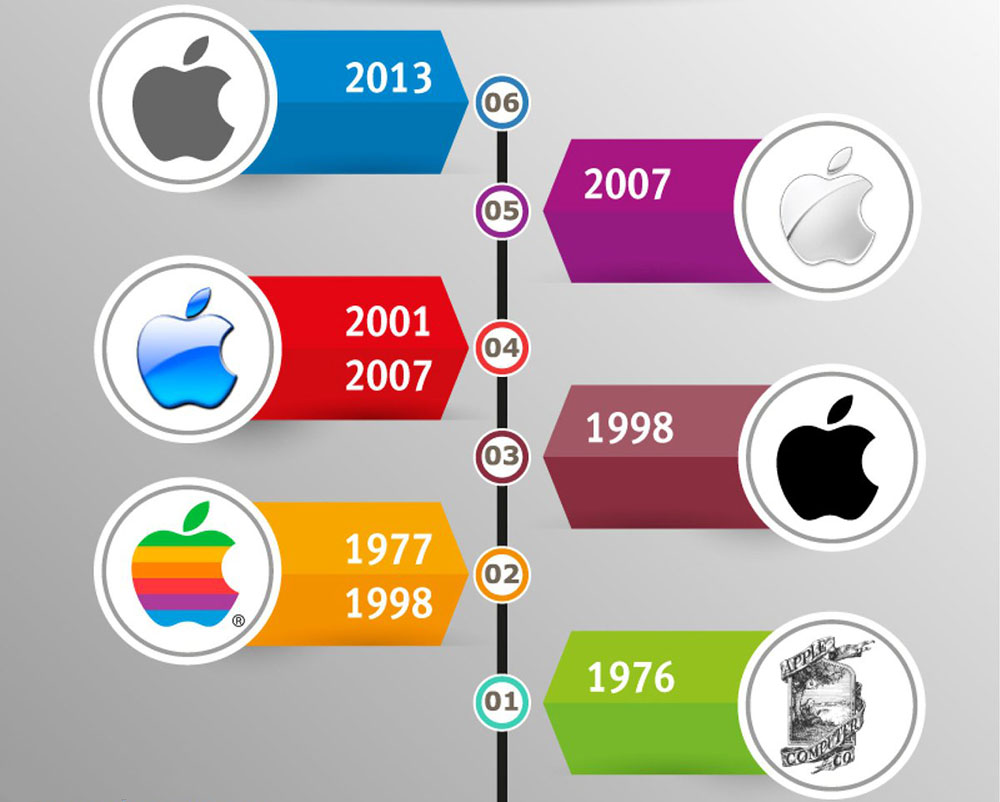
As for the trio of Apple founders, Wayne soon left the company, selling his 10% stake for $ 800. If he knew what he had done …
First success: Apple I
In those days, the term “personal computer” was invested with a completely different meaning to which we are accustomed. The fact is that computing devices in the 70s were produced in the form of a designer, that is, separate blocks that had to be assembled on their own. One of the commercially successful such developments was the Altair 8800 computer. It was difficult to call it a computer: not only did the assembly fall on the shoulders of the user, but also the commands were entered manually using toggle switches. It was difficult and time consuming, and any mistake forced to start calculations from the very beginning.
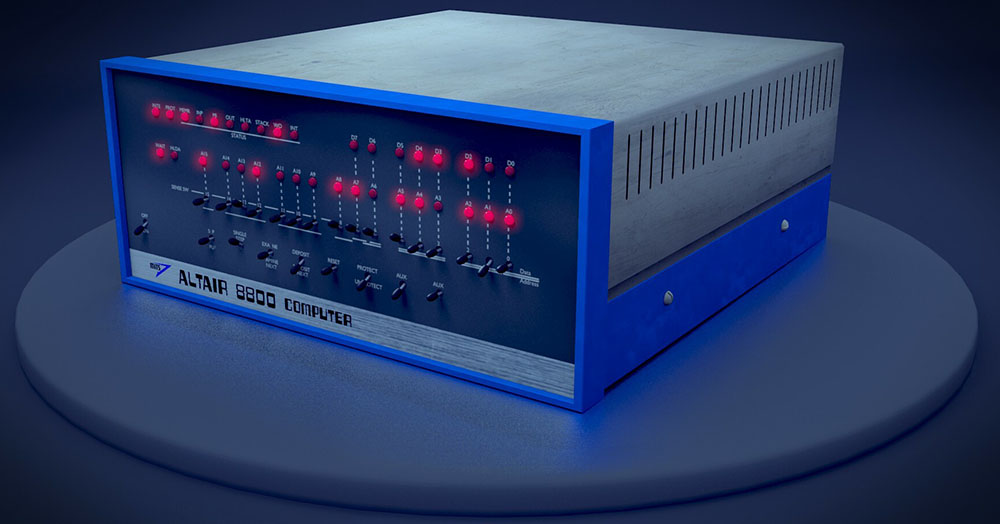
Of course, for scientists and simply smart and inquisitive citizens, such a technique was of certain interest, but for the broad masses it was not suitable.
In 1976, Apple introduced its first model, which was offered as a single piece. True, without a monitor. By and large, many believe that the history of the creation of Apple and its logo began precisely with the release of Apple I, equipped with a MOS 6502 processor operating at 1 MHz and 4 KB of RAM. Jobs also managed to secure the first contract for the supply of 50 such devices – they were ordered by the Byte Shop, which sells computer components. The price tag turned out to be quite democratic – $ 666.66 at a cost of about $ 500, competitors had analogues several times more expensive, the same Altair cost about 3 thousand.
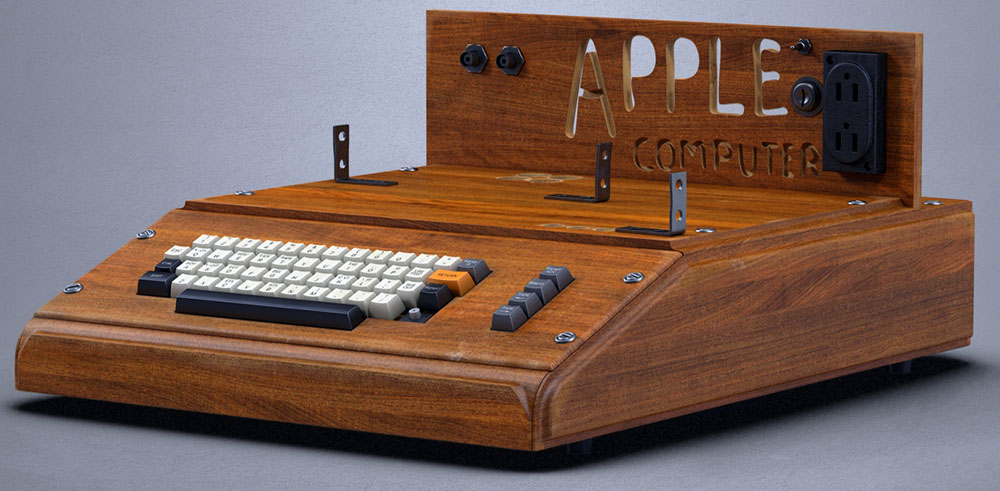
Low cost and no need for self-assembly and became the reason for the success of the model. Plus Apple I had a real keyboard, which greatly simplifies the input of commands. The money raised from the sale of the first batch of 100 computers became the first commercial success of the young company, and thanks to the talents of Steve Jobs to convince the interlocutors and his connections with venture capital investor Mark Markkula, the Apple account was replenished with another 92 thousand dollars, plus they were provided with a loan of $ 250 thousand.
Apple II: Securing Success
Now the friends had some initial capital, which they used to develop the next, better model.
In January 1977, Apple Computer acquires the status of a joint stock company, and three months later it participates in the West Coast Computer Faire, where it introduces the public to its new product, the Apple II, which is positioned as a personalized computer, the first of its kind.
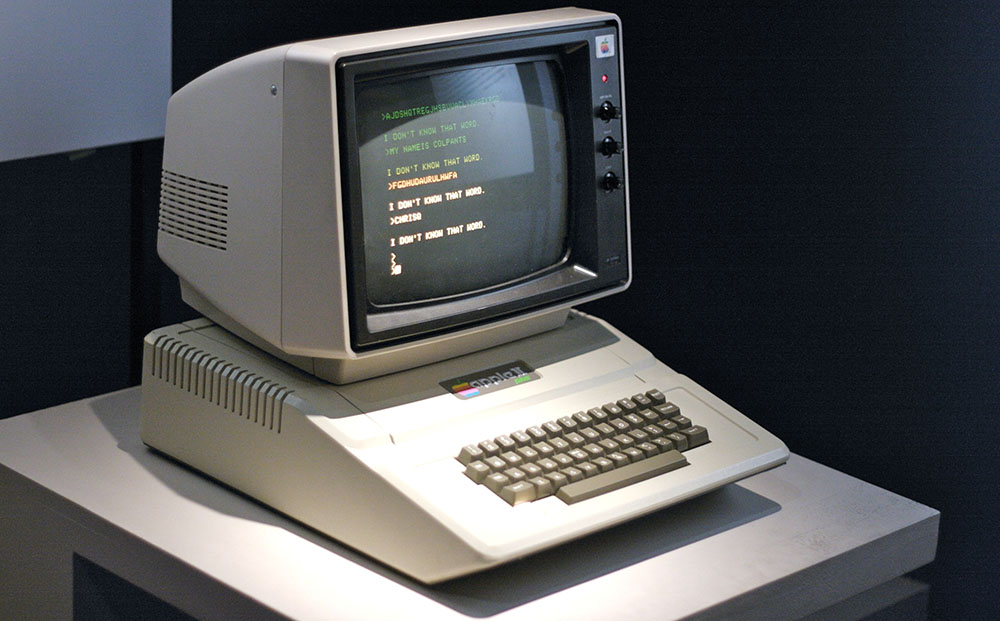
The novelty caused a furor, since it worked using the built-in programming language, was able to display not only text, but also pictures with sound, and had the ability to connect to both a monitor and a TV. Finally, the Apple II offered a cassette tape input device.
Two months after the presentation, sales of a computer begin, the cost of which ranged from $ 1,300 to $ 2,500, depending on the configuration (most of the price increase accounted for RAM, which was very expensive at that time). Equipping the computer with innovative software, in particular, the VisiCalc spreadsheet, played a significant role in the popularity of the Apple II.
Three years after the Apple II hit the market, the company’s turnover was already in the order of $ 10 million. The success of the model is evidenced by the fact that it was produced before 1990. In 1978, Apple’s computer received a 5-inch drive, which turned out to be much more reliable and faster than a cassette one.
The development of the company is on the rise, and in 1980, Apple goes public with an initial value of $ 22 shares, which were quickly sold out, bringing the company $ 4.6 million in one day.
First failures
Since the founding of Apple, it has shown only positive dynamics, but the period of dizzying success of the apple brand could not last forever. In the spring of 1980, the presentation of the third generation of PCs took place, and in the fall, the Apple III went on sale. But its price turned out to be too high (from 4500 to 8000 dollars), while in technical terms the computer had flaws, which the company’s engineers did not manage to get rid of.
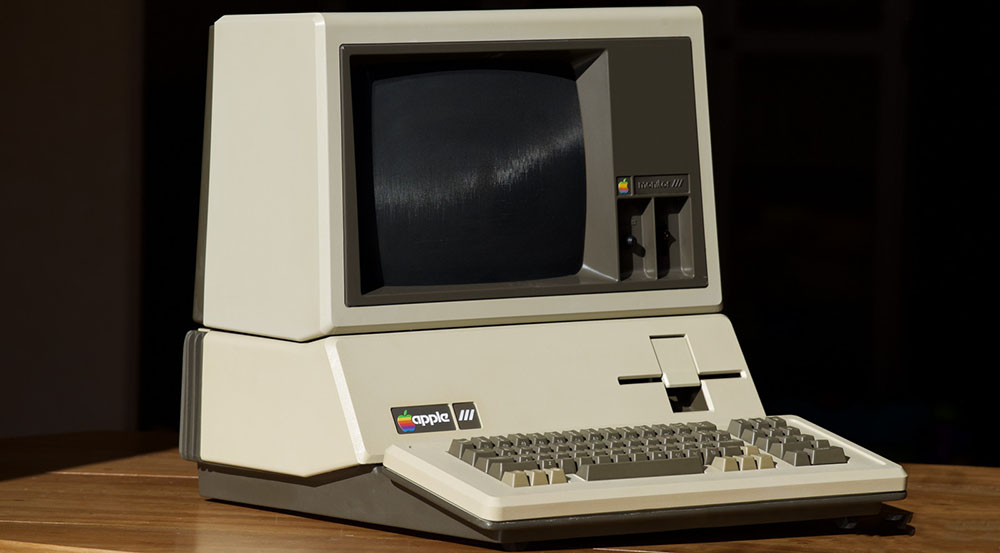
In other words, the model turned out to be a failure – in the three years of its presence on the market, about 75,000 people became the owners of the Apple III, and this is against the background of 1.3 million Apple IIs sold.
At the same time, work is underway to create a new model, Apple Lisa, with the first graphical interface and a number of other innovations (mouse manipulator, hard disk, RAM increased to 1 MB). The name of the model became personalized, but the high cost (about 10 thousand dollars) predetermined its fate – in two years, starting in 1983, only 10 thousand copies were sold.
In the same 1983, Mark Markkula resigned as CEO, and Jobs decided to invite John Scully to replace him, luring him away from Pepsi. Apple’s new chief executive was resolute, and the divisions between him and Jobs were growing.
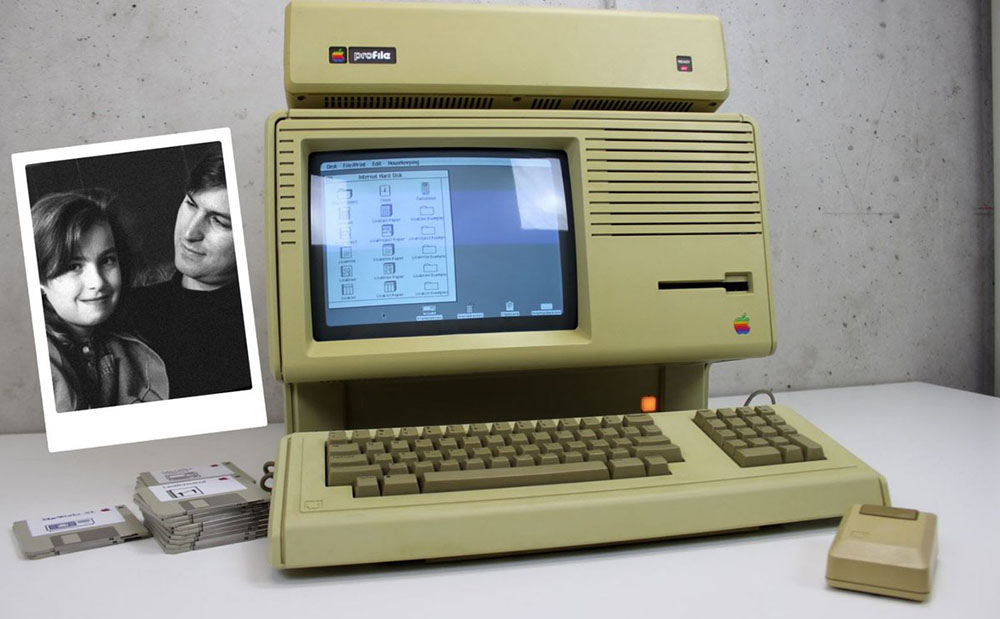
This stage in the history of Apple’s development was marked by the removal of Jobs from the Lisa project (they say that he was very demanding and put too much pressure on the team).
Macintosh project
Facing the brink of bankruptcy, the company’s management decides to focus on reducing the cost of its products. And it was Jobs who led the project.

In 1984, the Macintosh went on sale and at that time it cost relatively inexpensively, only $ 2,500 (IBM PC could be bought at twice the price). For the sake of making the model cheaper, Apple had to abandon many “goodies”, for example, the color interface, the volume of the hard disk was only 400 KB, RAM – 128 KB. In 4 months, 70 thousand computers were sold, which allowed Apple to stay afloat.
But Macintosh did not manage to get around in sales of the main competitor, IBM PC, and Scully placed all the blame on Jobs. In 1985, Steve leaves the post of head of the board of directors and founds his own company Next. By that time, Wozniak had also left Apple.
After 2 years, the modernized Macintosh II entered the market, which again became color and in which the previously built-in monitor became separate from the system unit. But he did not become a sales hit either.
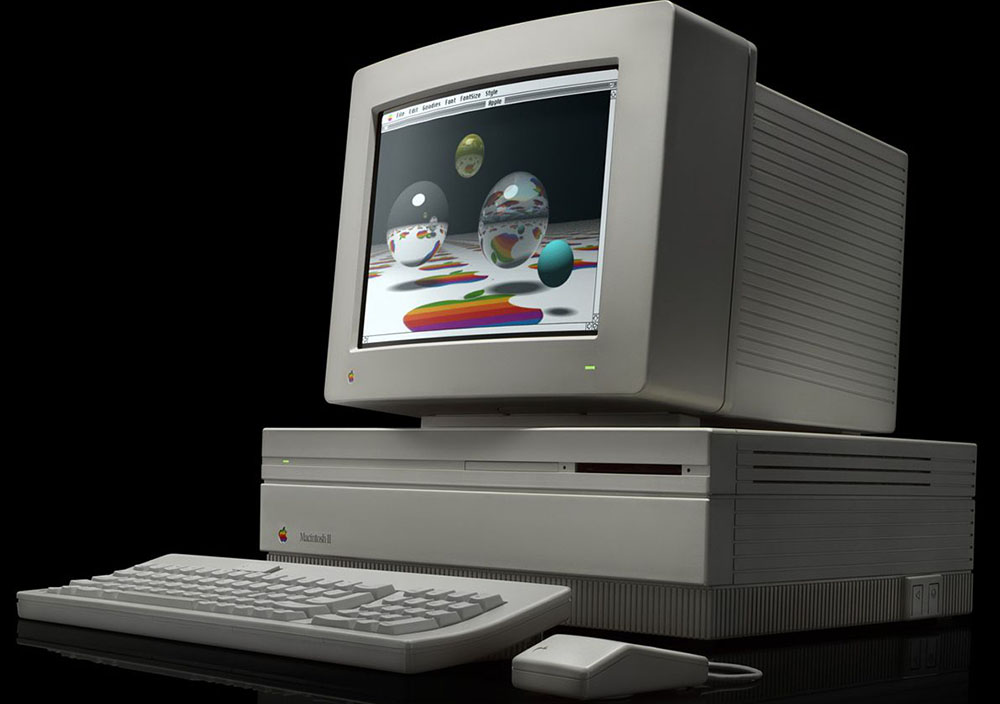
Local successes and stagnation
By the end of the 80s, Apple was already a large company, with its own manufacturing facilities and research centers. Of course, she had high costs associated with new developments, and sales of PCs barely covered them. 1989 was marked by the release of the brand’s first laptop, the Macintosh Portable. Alas, it was expensive and at the same time did not differ in any outstanding characteristics. Three years later, the Macintosh PowerBook appeared on the market, equipped with the new operating system System 7, and its cost was reduced to $ 2,500 (against $ 6,500 for its predecessor). This allowed the model to become the most popular laptop in the world, which even managed to overtake even IBM in sales.
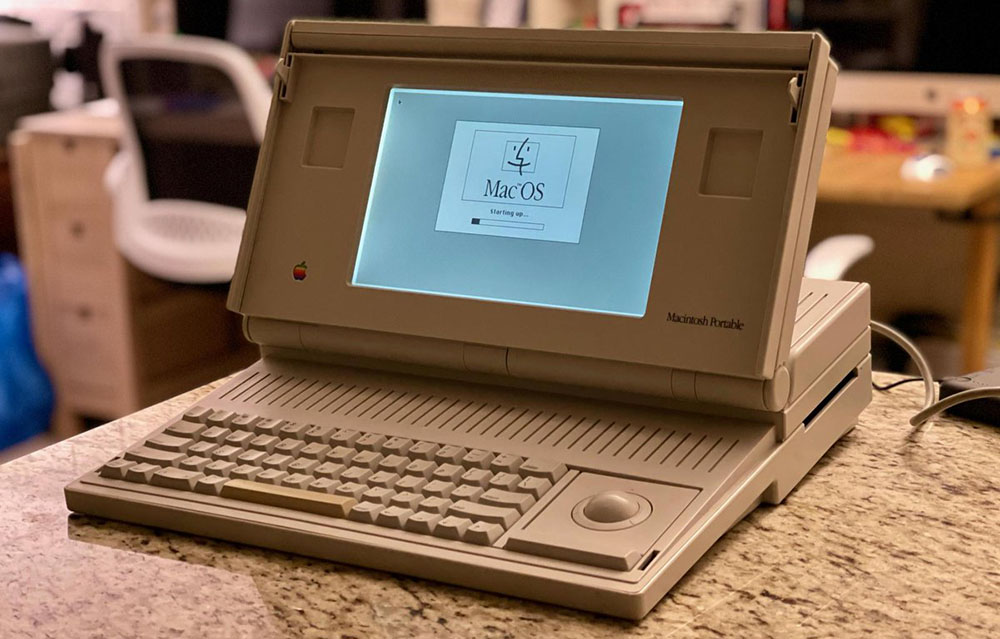
Alas, the financial situation of Apple continued to remain difficult, the value of shares was falling, and rumors of the acquisition of the brand by major players in the computer industry began to circulate.
The return of Steve Jobs
In 1993, John Scully was fired as CEO. Michael Spindler was invited to take his place, but he also failed to achieve any significant success. In 1996, he was replaced by Jill Amelio, who began with massive layoffs of employees. A year later, he made the decision to buy Next for $ 430 million, resulting in Steve Jobs automatically returning to the Apple state, and a year later he was appointed to the post of CEO.
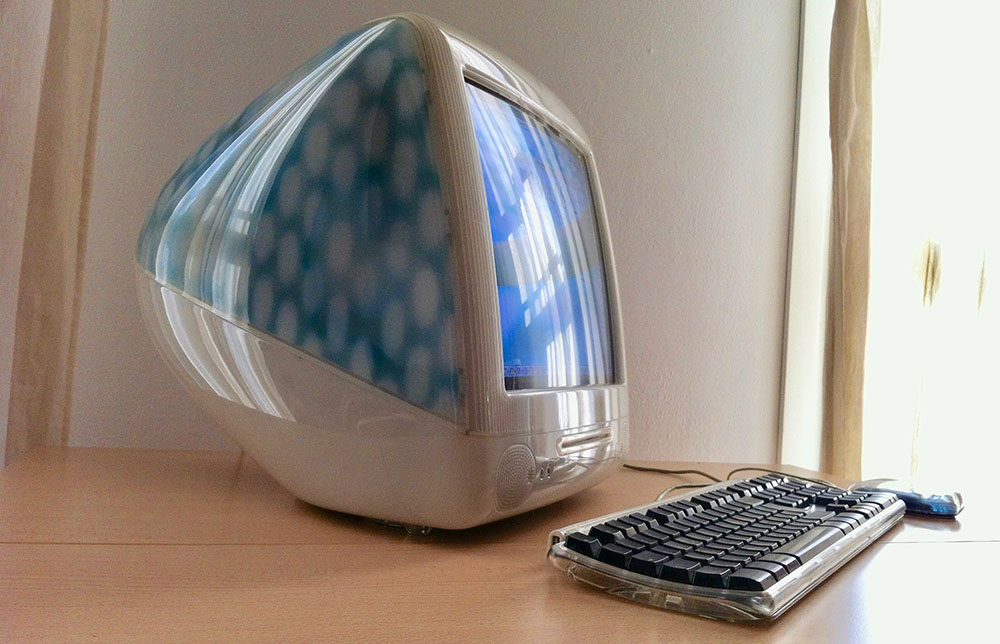
The result was not long in coming. With the release of the quirky design iMac G3, the company’s stock soared 19% after years of plunge, and that was just the beginning. Jobs himself later recalled that working on his own at Next “from scratch” allowed him to understand again how to achieve success.
In 1999, the success was consolidated with the iBook, which also featured an innovative design. Years later, new Apple products appeared on the market – the iMac G4 and PowerBook G4, which worked under the new Mac OS X.

The era of the dot-com crisis
The beginning of the new millennium was marked by the rapid development of the computer industry: almost every day new projects were born, called dotcoms (tracing c .com), which were initially generously funded by investors in the hope of catching the pie in the sky. Alas, only a few survived, the positions of the industry giants (IBM, Apple, Microsoft) remained unshakable.
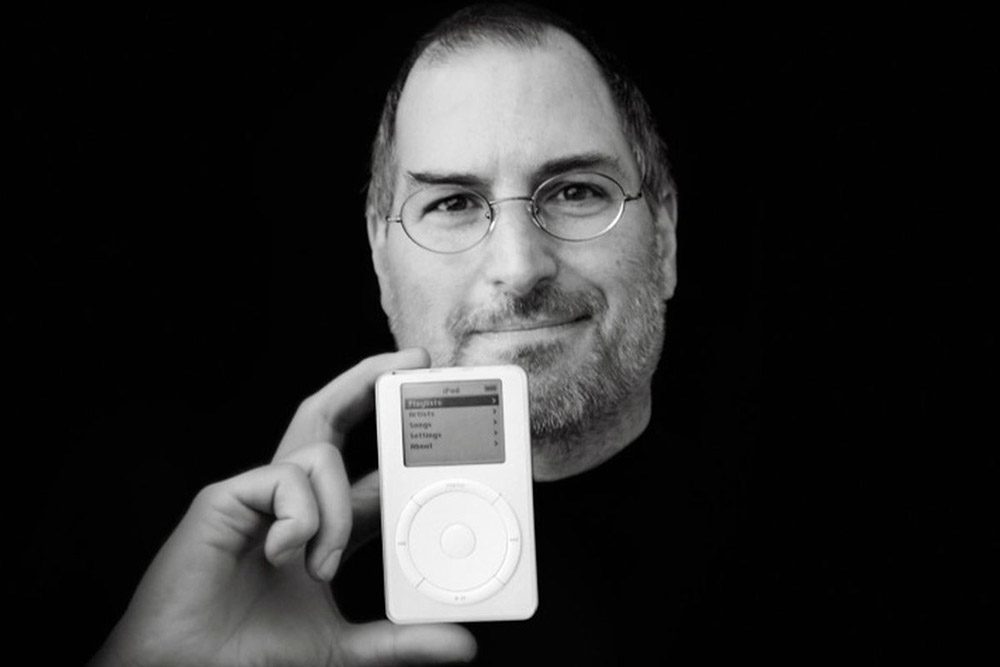
In 2001, Jobs’ company released the iPod audio player, which immediately became a worldwide bestseller. Sales of Apple technology have grown so much that it was decided to open its own online store – iTunes Store. In 2003, the presentation of the Apple Safari browser took place.
Apple, by the way, also did not escape the temptation and acquired several startups that did not have a significant impact on the company. Nevertheless, it was during this period that the share price was raised from $ 6 to $ 80.
IPhone presentation
In the wake of the success of the iPod, Apple is aiming for more and in 2007 will present the first generation of the iPhone. The phone turned out to be so successful that over 4.7 million devices were sold in a year, and about a million were sold in the first three days.
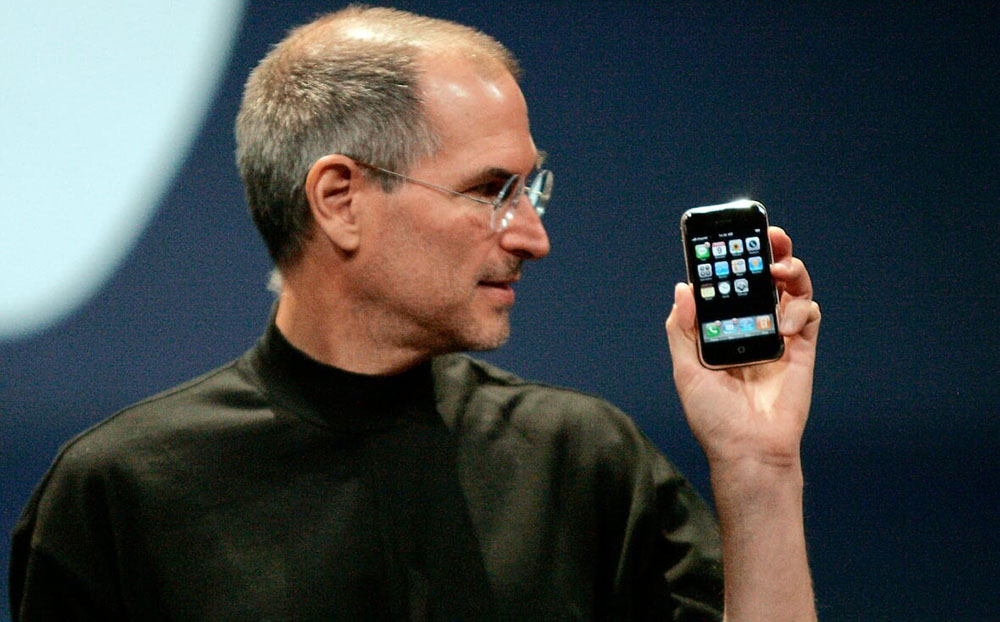
The phone had great performance and had a battery of innovative solutions that quickly became the industry standard.
The exit of each subsequent generation was accompanied by a real sensation, and this trend can be traced to the present day.
IPad exit
Jobs is often called a visionary, and there is some truth to that. It was he who first realized that the gap between the phone and the laptop is too great and the market lacks an intermediary, which became the first truly massive tablet computer – the iPad. Its market share reached 50 percent or more, until the Chinese mastered this niche.
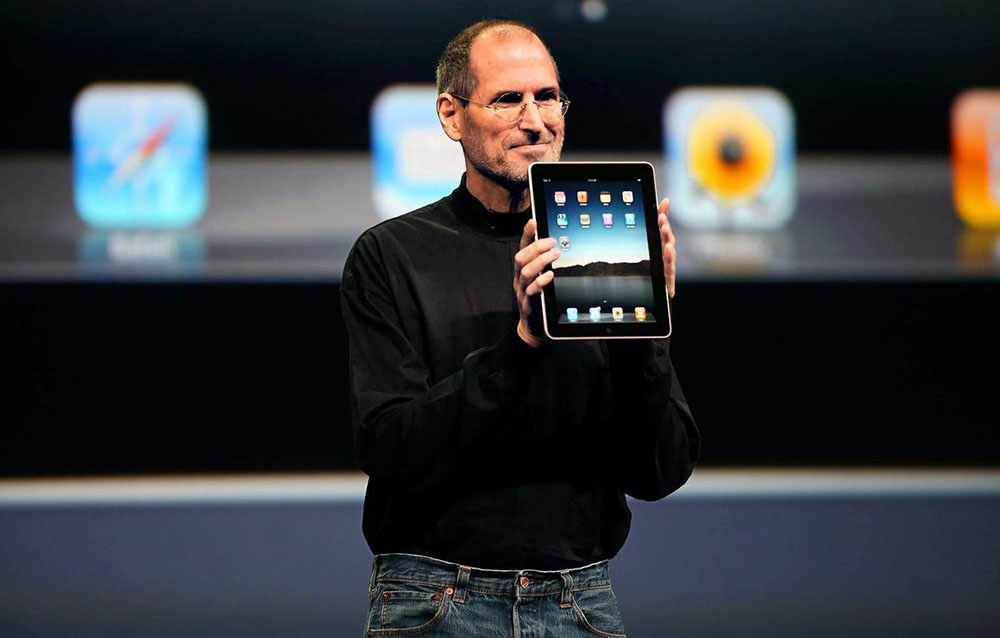
The three most popular Apple products (iPod / iPhone / iPad) made the company the first in the world by market capitalization in 2011, and in 2012 beat Microsoft’s record since 1999.
In the summer of 2011, everyone was shocked by the news – for health reasons, Steve Jobs left the company, and three months later he was gone. Tim Cook becomes the CEO of Apple, who leads the company to this day, trying to follow the principles of Jobs.
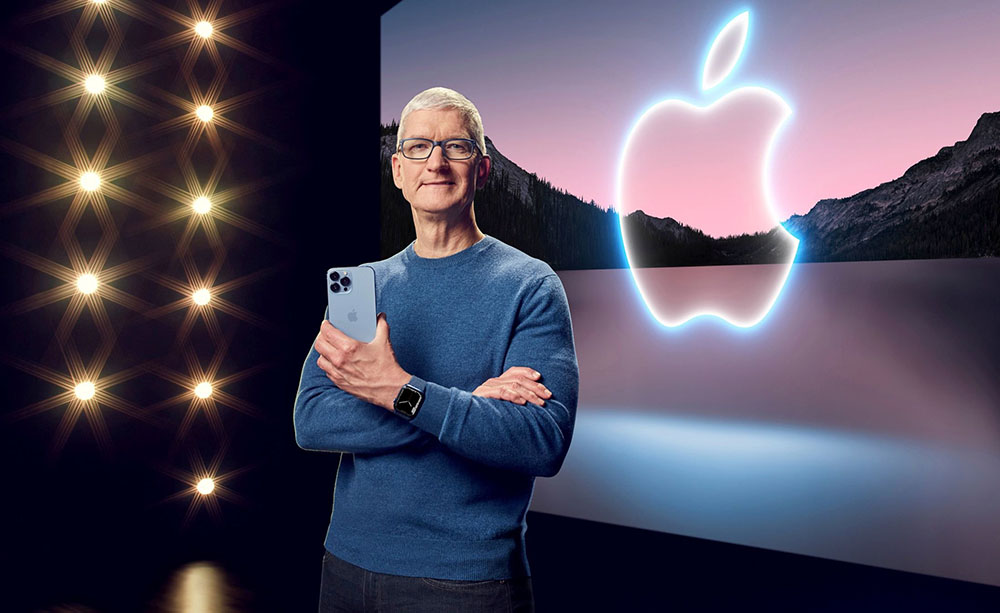
New Apple Gadgets, Products and Services
Making the future today – this motto of Jobs is consistently implemented by his followers. Let us recall the new products of the company that appeared on the market after the untimely departure of the founder:
- Apple Watch – a “smart watch” project designed to help people take care of their health, has been produced since 2014;
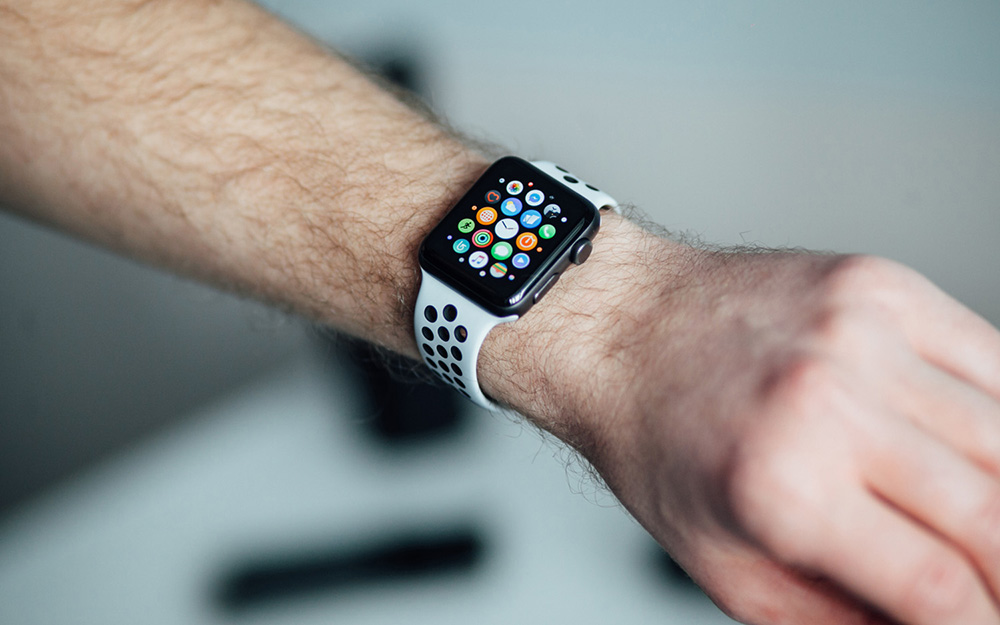
- Apple Pencil – a stylus that makes it easier to work with graphics in the brand’s tablets;
- AirPods 2 – wireless headphones that replaced Earphones / EarPods;
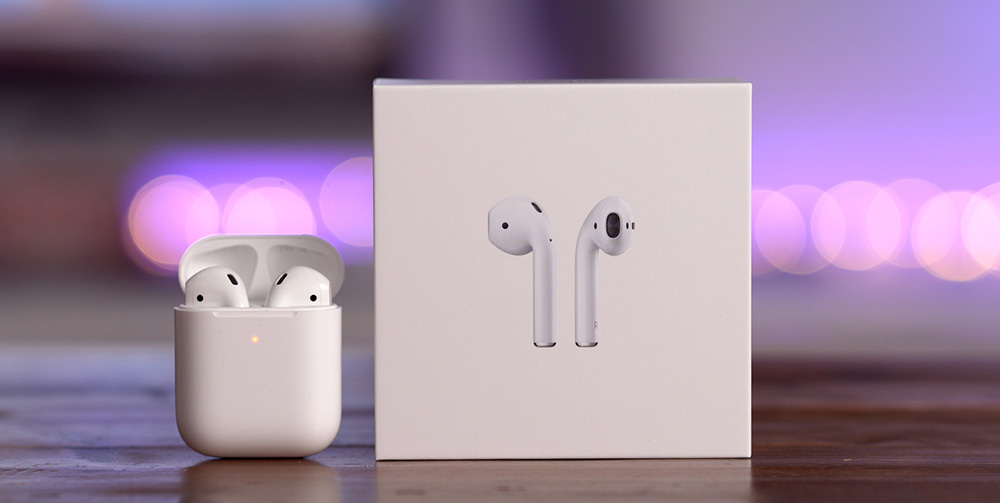
- Magic Keyboard – innovative keyboard with trackpad and backlighting;
- Apple TV – set-top box integrated with iTunes service;
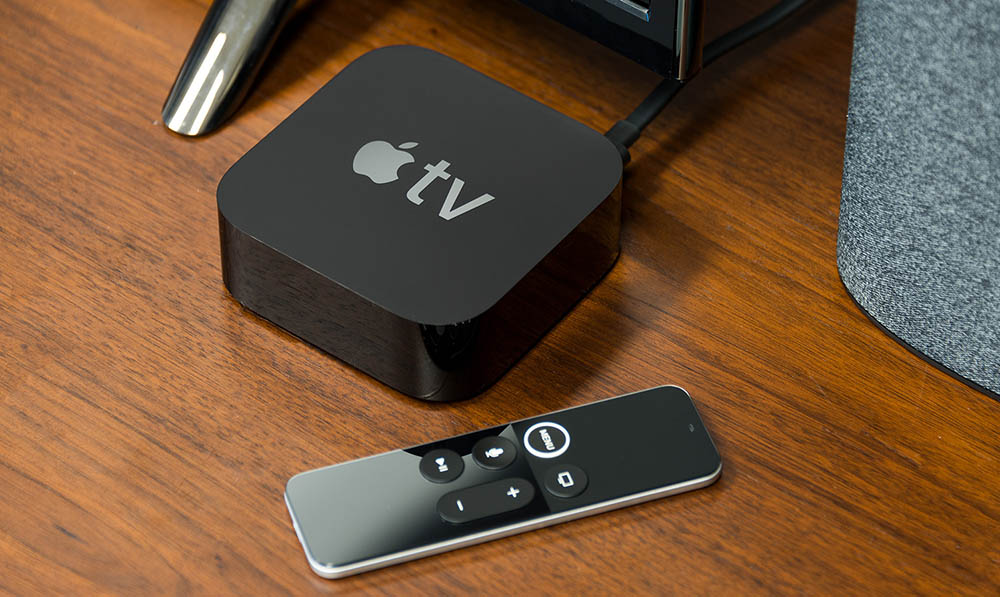
- Apple Music is its own music service;
- Apple HomePod – Another smart gadget, voice-controlled audio speakers integrated with Apple Music;
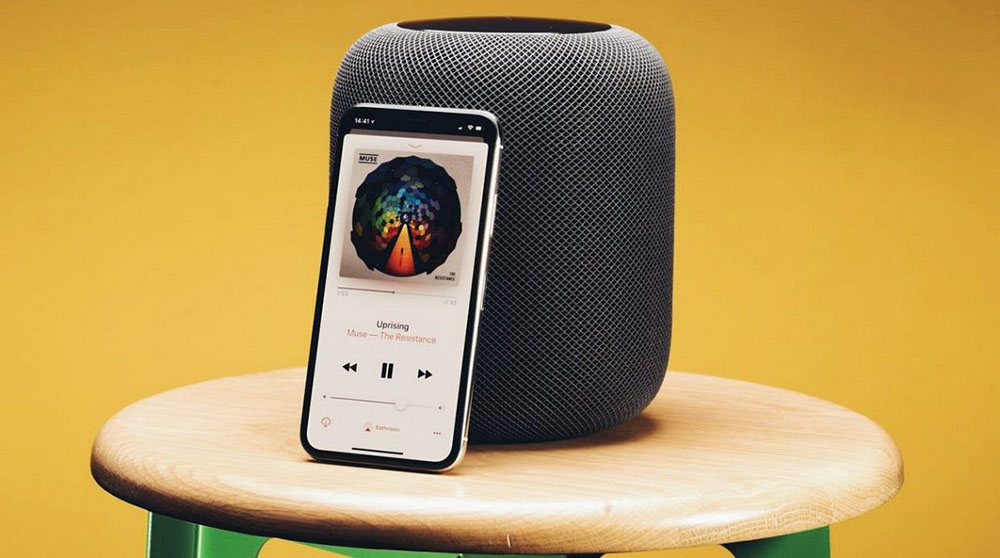
- Apple Pay – contactless payment service;
- Apple HomeKit – iOS-based smart home system;
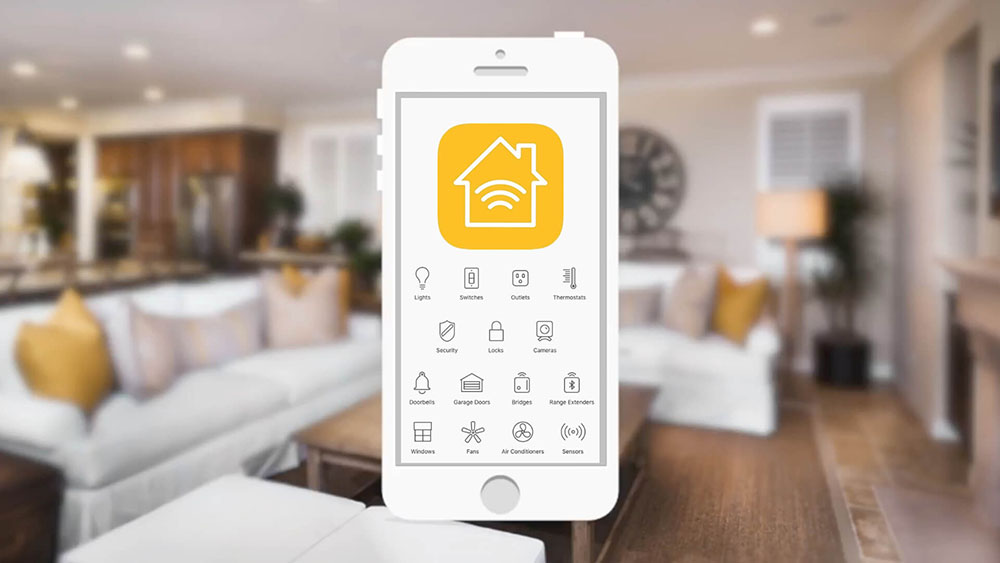
- iCloud – cloud storage from Apple;
- Siri is an AI-powered voice assistant.
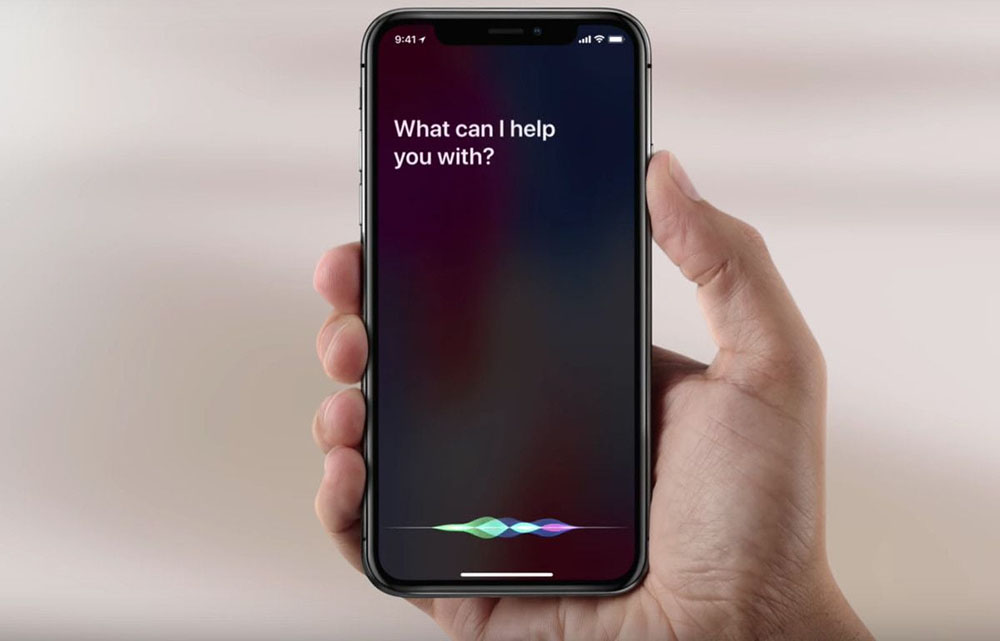
Apple today
Since 2010, the company has been at the top of the Forbes rating of the world’s most expensive brands. In 2019, the company’s assets are valued at $ 205 billion (+ 12% year on year).
Despite the coronavirus pandemic, Apple also showed positive dynamics in 2020, largely due to the profitability of the company’s services.

Of course, in terms of products, the company continues to evolve, as evidenced by the appearance of the second generation iPhone SE with a high-speed Bionic processor, the release of the new MacBook Air with improved performance and the updated MacBook Pro.